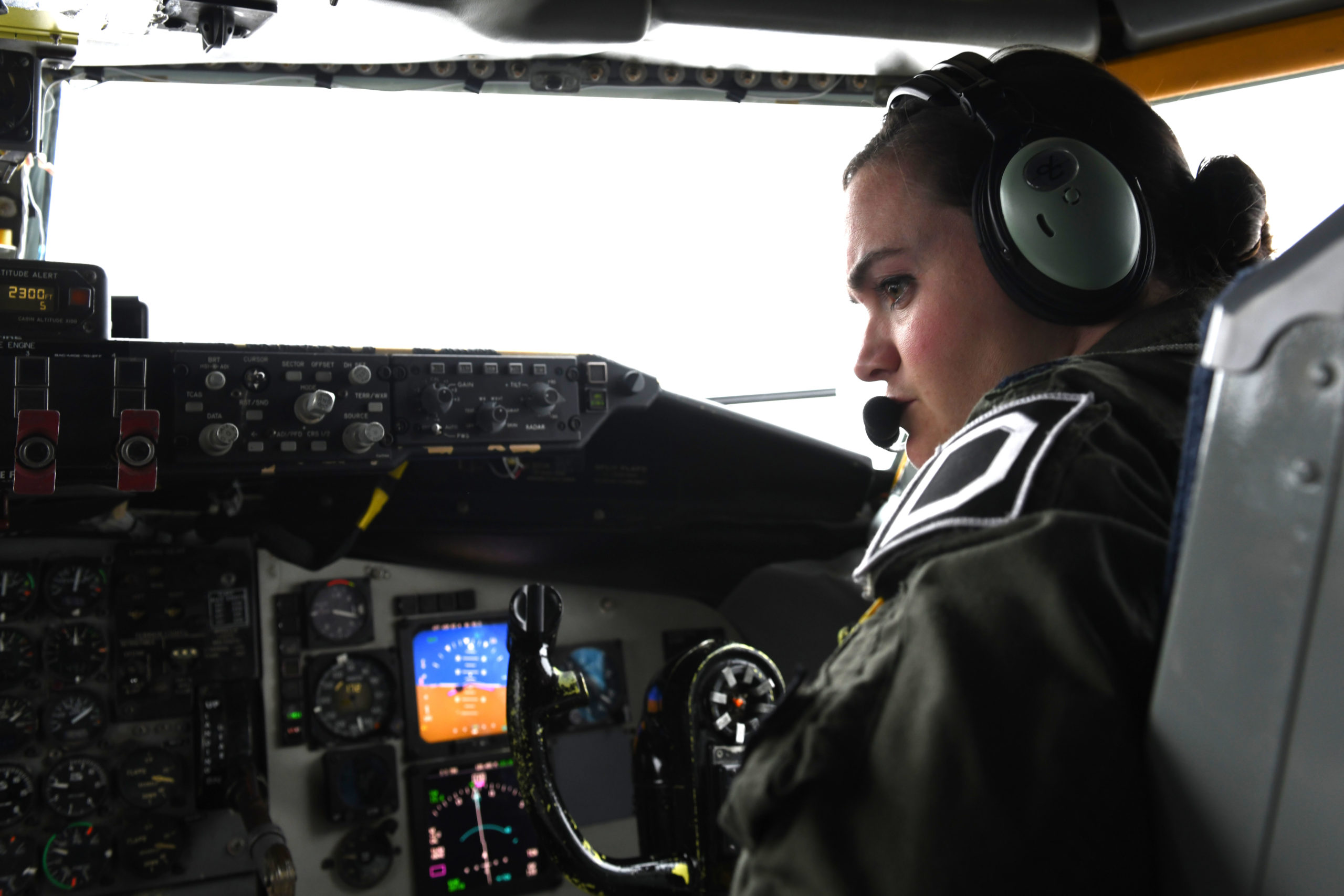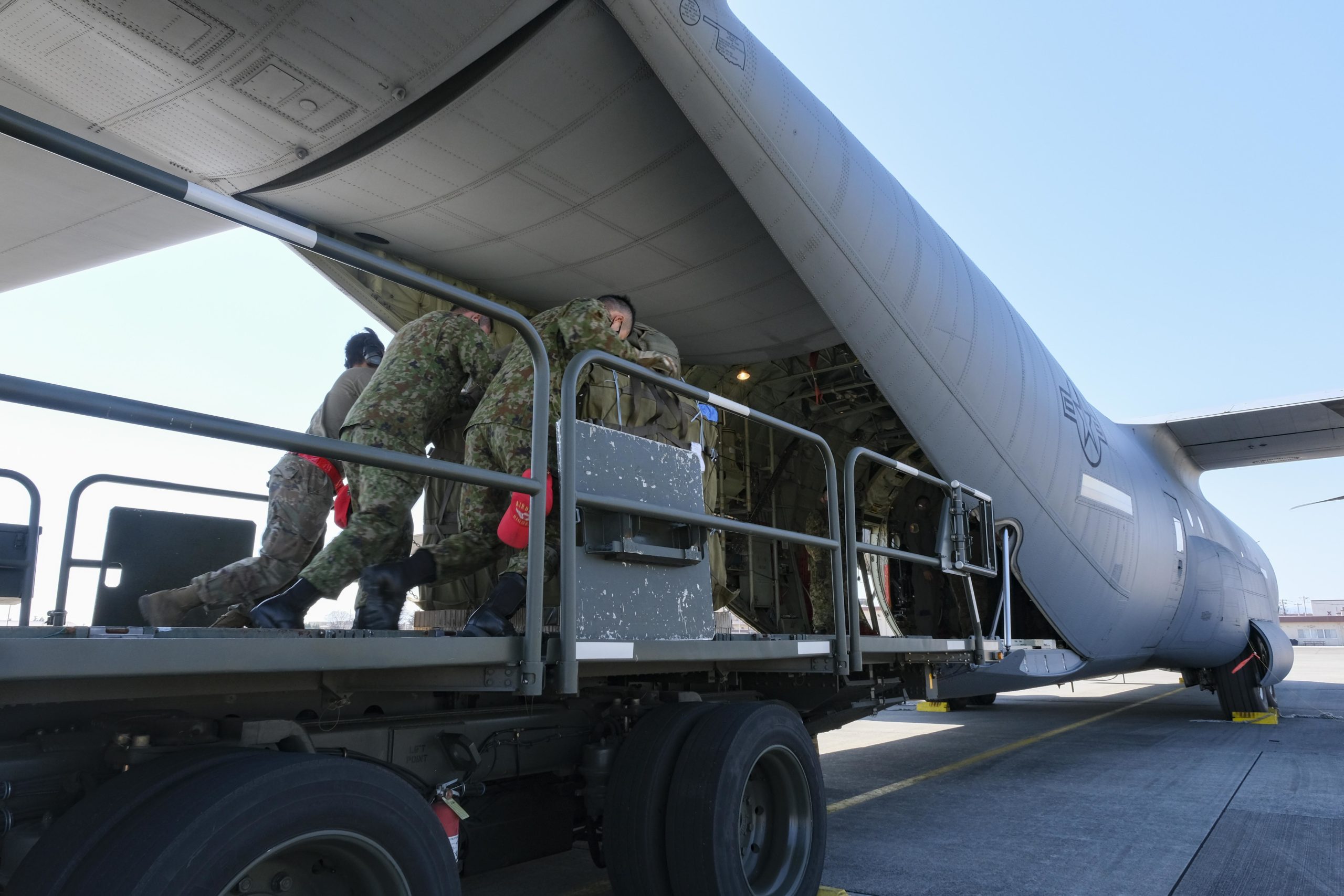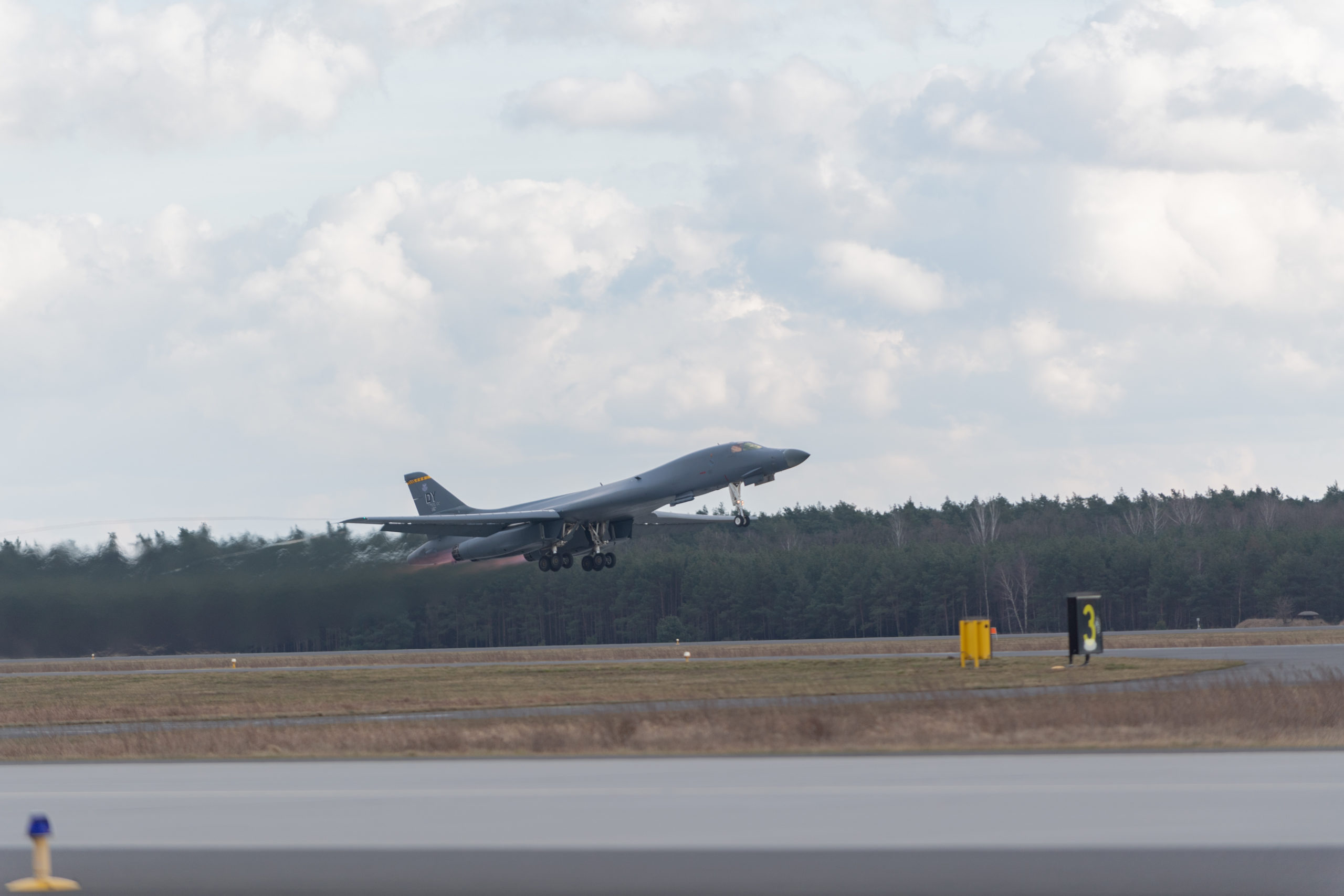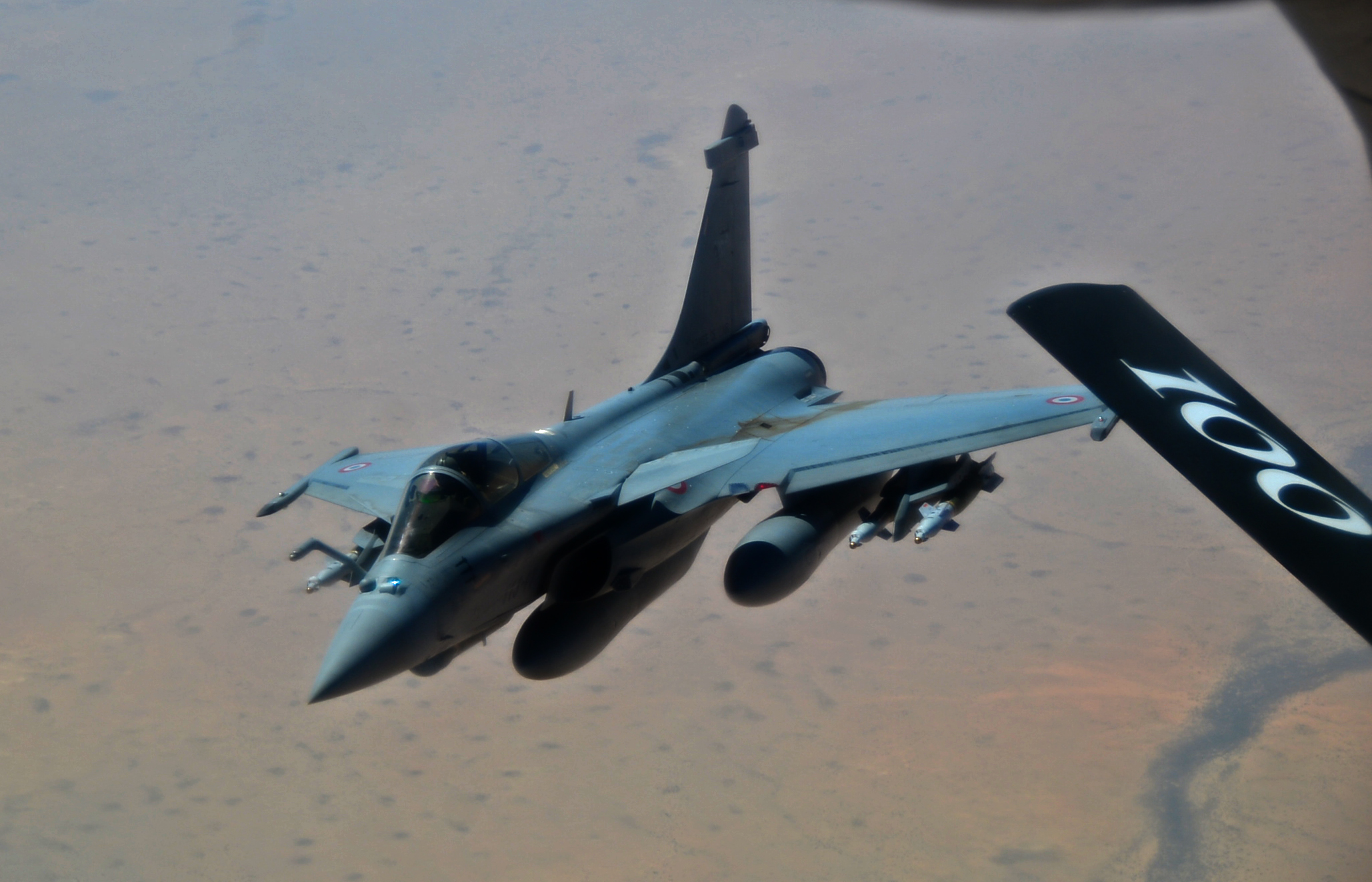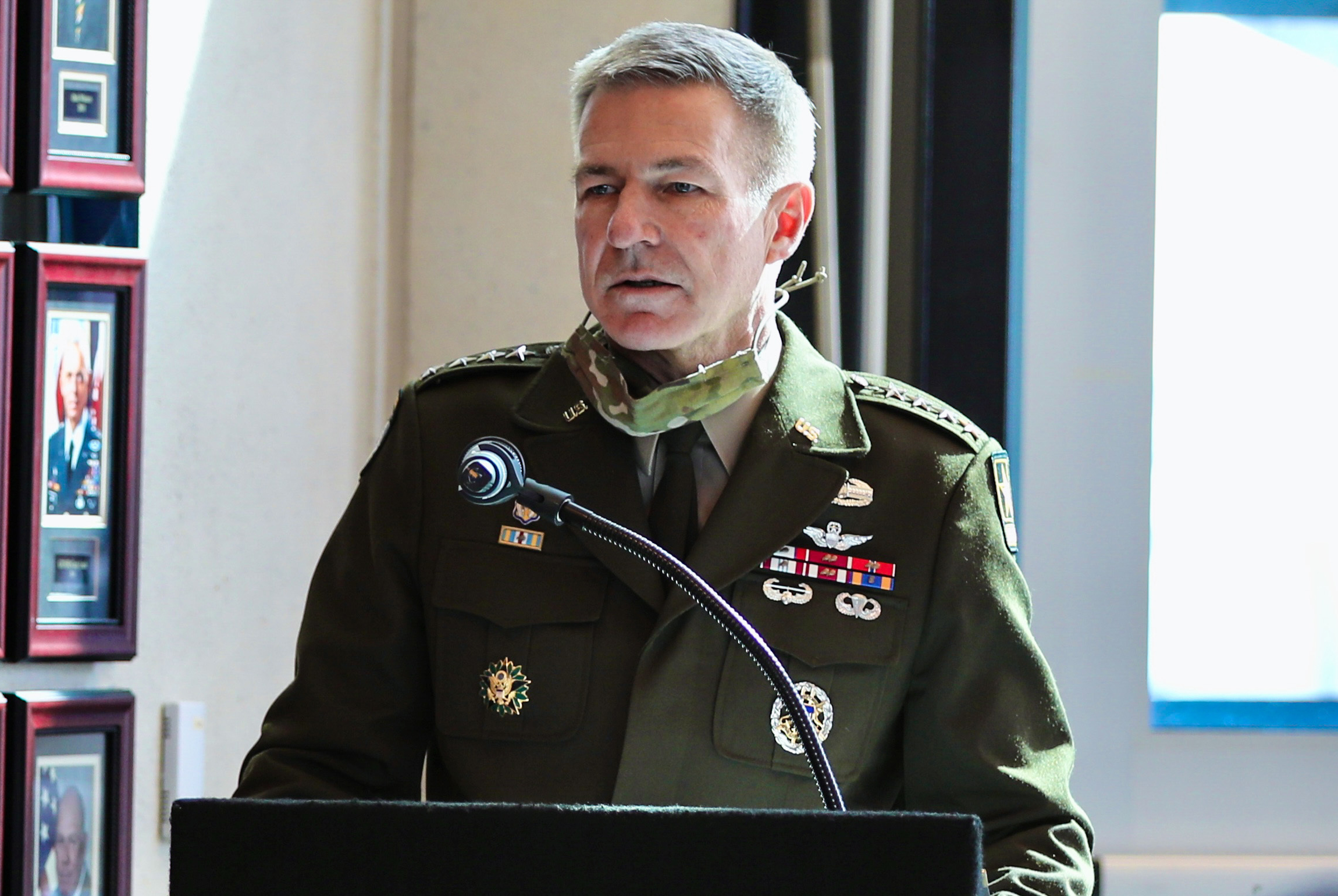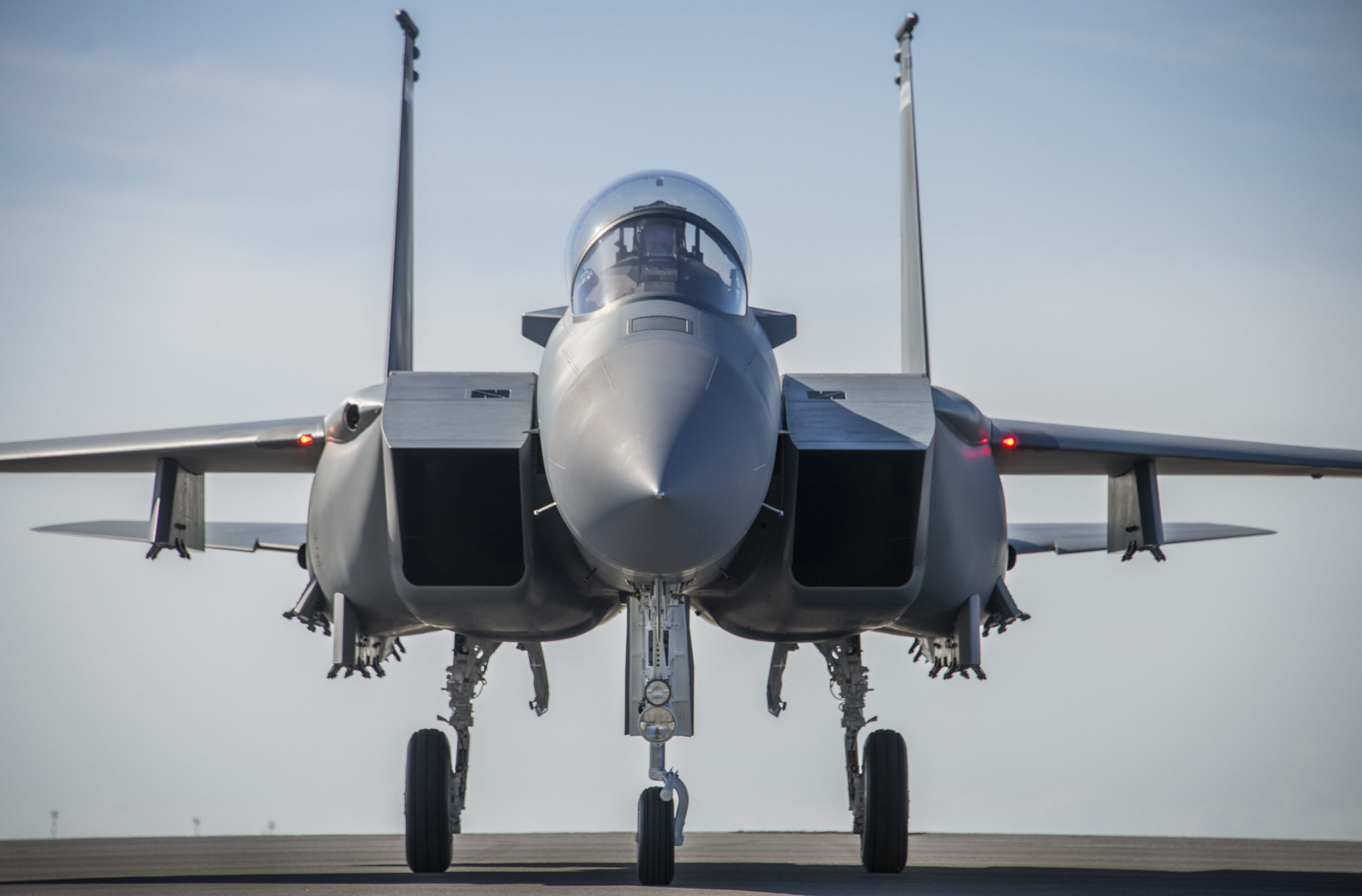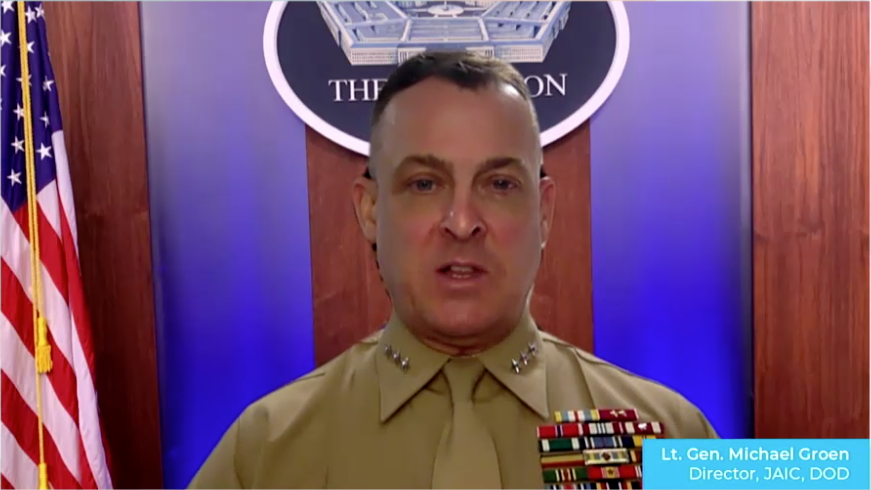The Air Force is offering bonuses of up to $420,000 to pilots who commit to staying in uniform for up to 12 years.
The service wants to keep pilots in its cockpits longer as it continues to grapple with an ongoing pilot shortage and the COVID-19 pandemic.
Here’s a breakdown of what’s being offered and who is eligible:
- Bomber, fighter, mobility, special operations, and combat search and rescue fixed wing pilots: Annual payments of $25,000 for contract lengths of 5 to 7 years, or $35,000 for contracts of 8 to 12 years. These pilots could also opt for up-front payments of $100,000 for 5-7 year contracts, and $200,000 for 8-12 years.
- Combat search and rescue rotary wing pilots: Annual payments of $15,000 for 5-7 year contracts, or $25,000 for 8-12 year contracts.
- Remotely piloted aircraft pilots: Annual payments of $25,000 for 5-7 year contracts, or $35,000 for 8-12 year contracts. RPA pilots could also choose an up-front payment of $100,000 for 8-12 year contracts.
- Combat systems officers: Annual payments of $15,000 for 5-7 year contracts, or $25,000 for 8-12 years.
- Air battle managers: Annual payments of $15,000 for 5-7 year contracts, or $25,000 for 8-12 year contracts.
Bomber, fighter, CSAR, mobility, RPA, and special operations pilots whose contracts have expired or who previously signed an aviation bonus contract that expired before this fiscal year are eligible for annual payments of $15,000 for 5-7 year contracts, or $25,000 for 8-12 year contracts, according to a USAF statement provided to Air Force Magazine.
For those whose who are non-contracted or whose contract expired, there is a five-year minimum and 24 years of aviation service maximum, according to the Air Force. Previous bonus offers had allowed for three-year minimums.
